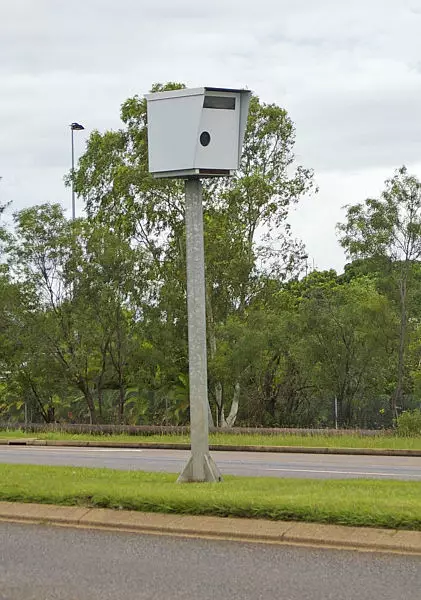Every year, thousands of lives are lost and countless individuals are seriously injured in car crashes. In Australia alone, around 1,200 people die in car crashes annually, with approximately 39,000 people suffering serious injuries in 2019. These alarming statistics indicate a pressing need for measures to enhance road safety and reduce the occurrence of dangerous driving behaviors. Speeding, drink or drug driving, fatigue, distraction, and reckless driving are all factors that significantly increase the risk of accidents on the road. Additionally, failure to wear a seat belt can exacerbate injuries in the event of a crash. It is imperative to increase compliance with road rules and promote safer driving habits in order to mitigate the trauma caused by these behaviors.
The Evolution of Safety Cameras
Safety cameras have emerged as a crucial tool in addressing road safety concerns. The use of safety cameras for enforcement began in Australia in 1985 with the introduction of speed cameras in Victoria. Since then, their application has expanded to include various types of cameras, such as fixed red light and speed cameras, mobile speed cameras, and point-to-point cameras. Furthermore, mobile phone detection cameras have been introduced in several states across the country. These cameras have undergone trials and have been proven effective in increasing compliance with road rules.
Safety cameras can be categorized as either fixed or mobile. Fixed cameras are permanently stationed at specific locations and operate continuously. They are primarily utilized to target speeding and red light running. On the other hand, mobile cameras, often seen as roadside trailers, can be moved to different locations and deployed at any time. Mobile cameras predominantly focus on detecting and penalizing speeding offenses. They can be mounted on a vehicle or tripod, and their extended periods of unattended operation are facilitated by security features such as alarms, security cameras, and tamper-proof housing. These cameras are strategically placed in areas with a history of accidents or where specific driving behaviors and safety concerns are prevalent.
Safety cameras employ radar or laser technology to detect and measure vehicle speeds. Embedded sensors in the road are used to identify red light violations. These cameras can monitor multiple vehicles across lanes and in both directions. Equipped with high-definition cameras, they are effective in various lighting and weather conditions, including low light, fog, and heavy rain. Some cameras are capable of enforcing speed limits specific to different vehicle types, such as heavy vehicles. Additionally, they may utilize automated number plate recognition systems to identify vehicles of interest to law enforcement agencies.
Point-to-point cameras, which measure the average speed of vehicles between two points, have fixed installations currently. However, the use of portable cameras in point-to-point enforcement is likely in the future. Mobile phone detection cameras utilize high-definition and infrared cameras to detect illegal use of mobile phones and ensure proper seat belt usage. These cameras can also measure vehicle speed and utilize number plate recognition technology for monitoring purposes. Their versatility allows for the enforcement of various road safety regulations.
Evidence of Effectiveness
Research indicates that safety cameras have a positive impact on road safety. A systematic review of different types of speed cameras revealed that they successfully reduce average speeds, the number of speeding vehicles, and most importantly, serious injuries and fatal crashes by approximately 20% each. While studies specifically examining the effectiveness of mobile phone detection cameras are yet to be conducted, data from New South Wales indicates a substantial decline in mobile phone use during the three years following their implementation. Enforcement data also supports the efficiency and effectiveness of safety cameras in detecting violations.
The Continued Role of Safety Cameras
Relying solely on common sense, courtesy, or self-interest is inadequate in addressing the persistent issue of bad driver behavior. Safety cameras have proven to be an instrumental tool in improving road safety. They play a vital role in reducing dangerous driving behaviors and creating a safer environment for all road users. As technological advancements continue to enhance the capabilities of safety cameras and expand their applications, these devices will remain imperative in curbing road accidents and minimizing the trauma caused by such incidents.



Leave a Reply